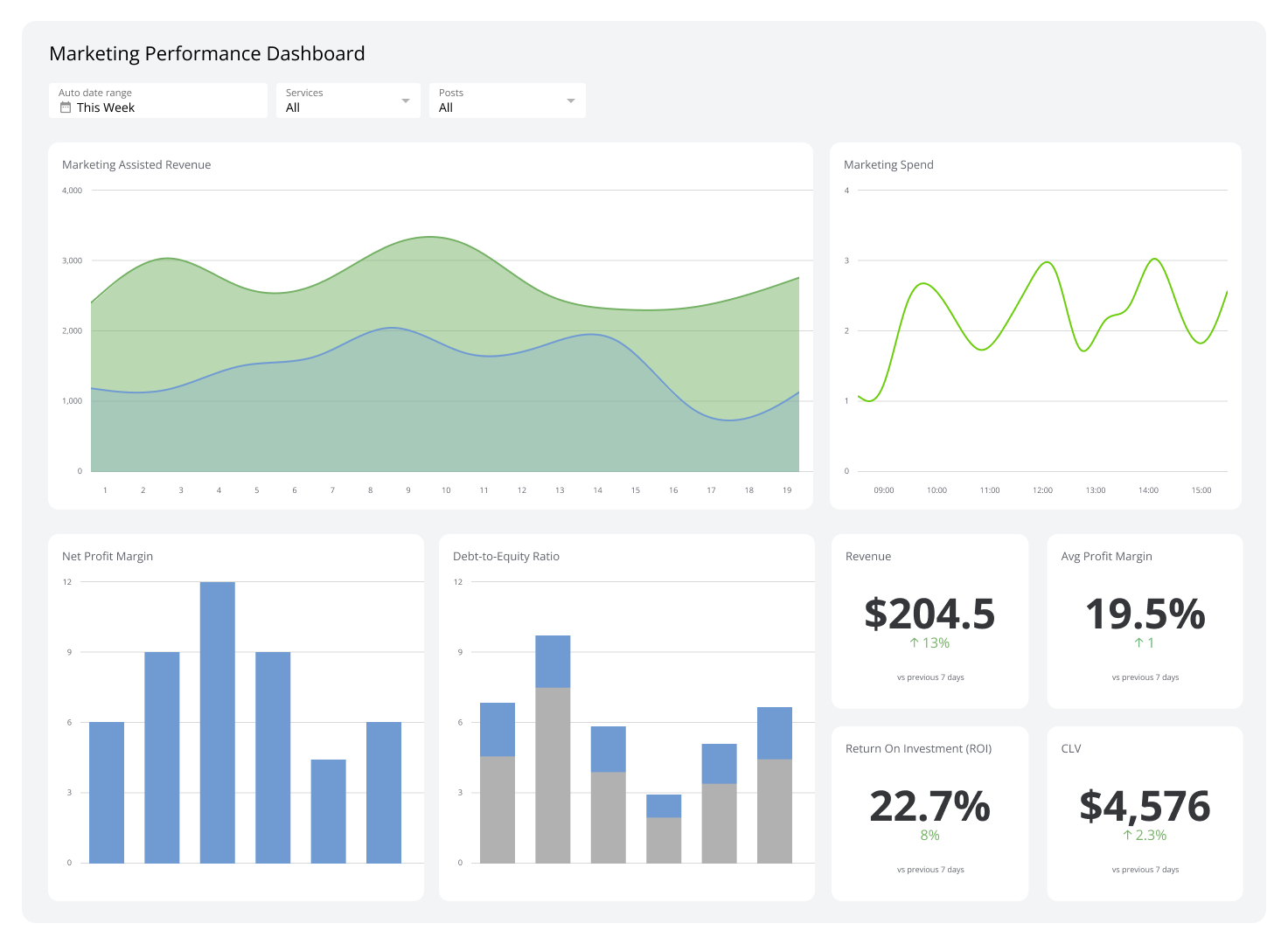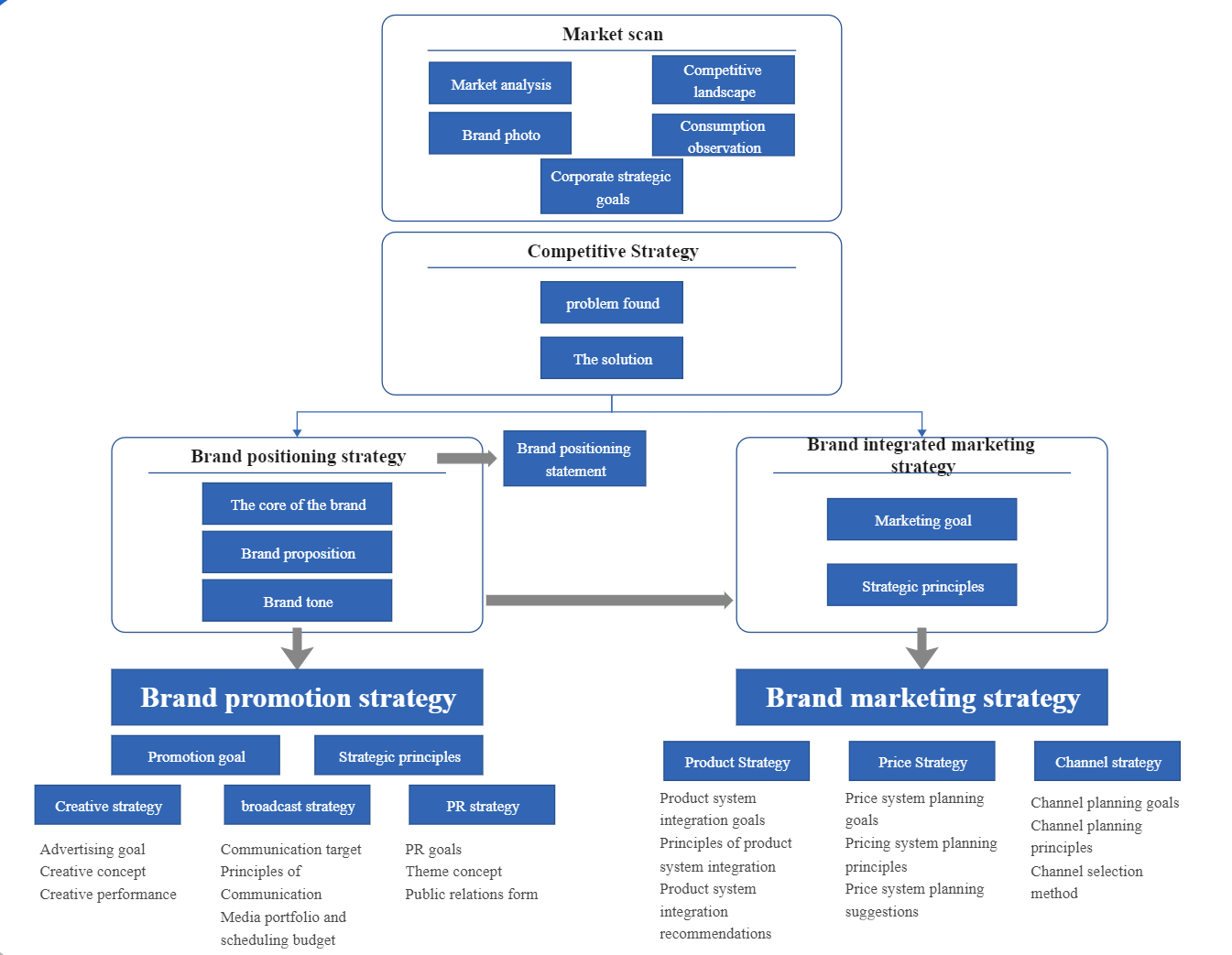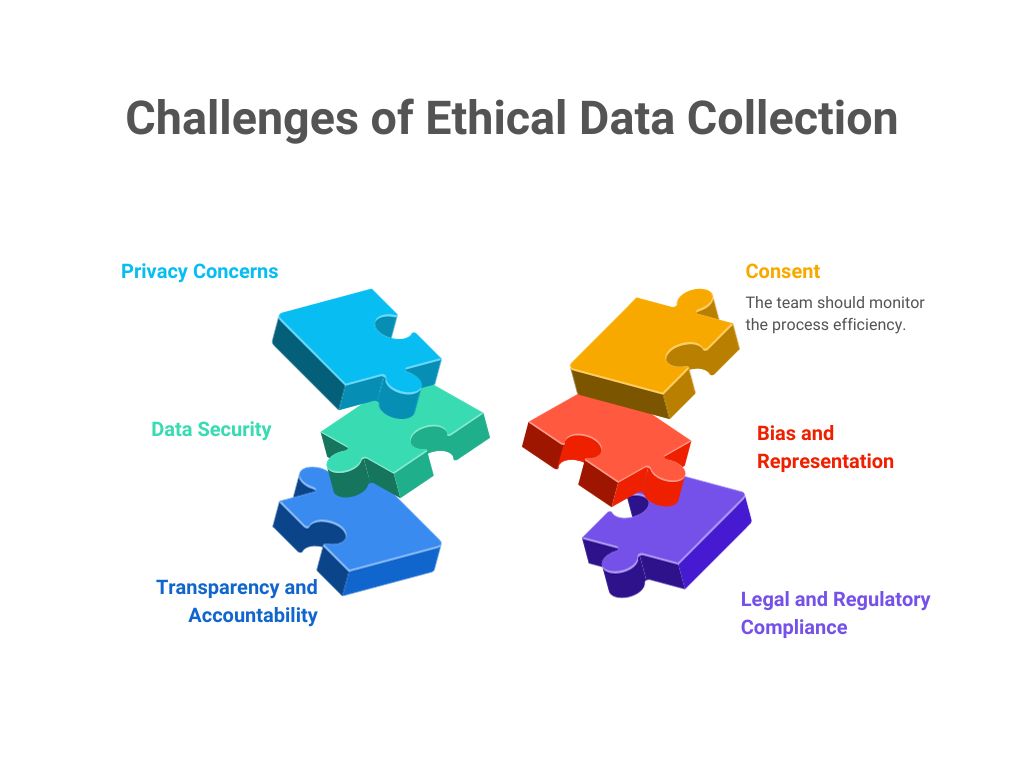In today's data-driven marketplace, effectively translating analytics into compelling brand narratives is vital for marketers. With abundant data at your fingertips, understanding how to leverage this information will allow you to create stories that resonate with your audience and foster brand loyalty. This guide explores the critical intersection of analytics and storytelling, offering actionable insights and real-world examples to help you craft narratives that not only inform but also engage customers.
At its core, transforming analytics into narratives involves understanding the role that data plays in storytelling. Analytics provide valuable insights into customer behavior, preferences, and motivations—key elements in developing narratives that engage effectively.
Throughout this guide, we'll highlight practical steps for leveraging data analytics to support your brand's narrative, build stronger connections with your audience, and ultimately drive conversions.
How Can Data Ignite Your Brand's Story?
Data is essential for crafting compelling brand narratives. To create stories that resonate with your audience, it’s crucial first to understand how data functions in storytelling. By utilizing effective data visualization techniques, you can translate raw data into engaging narratives.
One beneficial approach is interactive visualizations, which allow audiences to explore data dynamically, leading to a deeper understanding of complex trends. According to research from Visual Capitalist, the evolution of data storytelling illustrates the importance of constructing narratives that engage your audience.
Brands like ButcherBox exemplify this well. They utilized personalized visualizations that tailored messaging to specific customer segments, successfully connecting with busy parents looking for nutritious meal solutions. When presented in relatable ways, visual storytelling can enhance connections with your target audience.
An infographic illustrating the evolution and key elements of data storytelling (Source: Visual Capitalist)
The strongest narratives communicate not just the 'what' but the 'why' behind the data. You might consider structuring your narratives with a clear beginning, middle, and end. For example, start with a problem that the data exposes, present insights uncovered, and conclude with the solution your brand offers.
The Essential Metrics that Define Your Brand's Storytelling Success
As you craft your narratives, it’s important to identify the metrics crucial for measuring success. Tracking performance through key performance indicators (KPIs) will help you evaluate the effectiveness of your storytelling.
Key metrics include engagement measures such as average time spent on page and scroll depth. According to research, a higher average time indicates more engaging storytelling. Additionally, conversion rates and click-through rates (CTR) offer insights into how well your narratives drive your audience to take action.
Consider using tools like Klipfolio to monitor these critical metrics and glean insights that will inform your future storytelling strategies. Regular performance evaluation will enable you to optimize your approach continually.

A visual representation of key performance indicators (KPIs) for marketing (Source: Klipfolio)
Employing data to inform your narratives goes beyond mere engagement metrics. Understanding how consumers interact with your content is essential, so regularly analyze your success indicators and be prepared to adapt based on what the data reveals.
Crafting Narratives that Resonate: Understanding Brand Perception
Successful brand narratives do more than relay information; they shape consumer perceptions. Understanding how your audience perceives your brand is essential for developing narratives that genuinely resonate.
Visual metaphors can effectively enhance storytelling by connecting with your audience’s emotions. For instance, Jones Road Beauty leveraged data-driven characters to personalize product recommendations on social media platforms like TikTok. This approach fosters relatability, allowing consumers to feel connected to the brand. Narratives that incorporate emotional intelligence are more likely to foster strong positive associations.
While analyzing your brand stories, consider how various elements impact audience perception. Brands can utilize insights derived from customer feedback and engagement metrics to create more effective narratives.

An image showcasing visual metaphors used in branding and storytelling (Source: Squarespace)
Ultimately, successful narratives draw on data but focus on enhancing emotional engagement and deepening customer connections.
Can AI Become Your Storytelling Ally?
As analytics continues to evolve, artificial intelligence (AI) is emerging as a crucial ally in enhancing brand narratives. AI and machine learning can drive data analysis and reveal insights that marketers might overlook.
For example, algorithms can assess customer behavior data to automatically tailor messaging and narrative delivery. This personalization ensures your stories resonate with various audience segments in real time, leading to improved engagement and conversion rates.
Predictive analytics is another valuable tool that allows marketers to forecast trends, creating narratives that anticipate customer needs. By using AI-enhanced insights, you can adapt your stories in response to changing consumer expectations.

An image depicting AI concepts in content generation (Source: GeeksforGeeks)
Incorporating AI into your storytelling strategy not only enhances creativity but also yields continuous optimization opportunities. Monitor how AI empowers your narrative efforts and be open to adjusting your strategies based on real-time insights.
Aligning Your Brand's Narratives with Business Goals
Your brand narratives must both engage your audience and align with your broader business objectives. By establishing clear analytics goals, you can ensure that your storytelling complements your marketing strategies.
Set measurable objectives that relate directly to your goals, such as improving customer acquisition or enhancing operational efficiency. This ensures narratives are not created just for storytelling's sake but are integrated into your brand's mission.
Collaboration across departments is vital to achieving this alignment. Share data insights among teams to develop unified brand narratives. Implementing customer journey mapping techniques can help visualize each touchpoint, assuring a cohesive brand message.

A flowchart illustrating an integrated marketing model (Source: Edrawsoft)
By bridging the gap between your analytics and strategies, you empower yourself to create brand narratives that foster deeper connections with your consumers.
The Ethical Considerations Behind Data-Driven Storytelling
Marketers must consider the ethical implications when leveraging customer data to shape their narratives. Transparency and consent are key principles essential for building trust with your audience.
Make sure that your customers are informed about how their data will be collected and utilized. Research from KPMG reveals that a significant portion of consumers do not trust brands to handle their data ethically. Clearly communicating privacy policies and obtaining consent reflects your commitment to ethical practices.
Focus on data minimization—only collecting what is necessary. This aligns with regulations like GDPR and helps instill client confidence. Finding the right balance between personalization and privacy highlights your respect for customer rights and concerns.

An infographic highlighting ethical considerations of data collection (Source: PromptCloud)
Addressing ethical considerations proactively strengthens your narrative and cultivates enduring relationships with your customers.
How to Measure the Real Impact of Your Data-Driven Narratives
To confirm your brand narratives are resonating and driving engagement, you must measure their impact. Utilize real-time analytics to refine your storytelling approach continually and adjust strategies based on performance data.
Employ a variety of metrics to assess longer-term impacts, such as Net Promoter Score (NPS) for post-exposure brand perception assessment. The return visitor rate also indicates sustained interest, while audience engagement metrics clarify how consumers interact with your content.
Tools like Statusbrew can help you track these important metrics, providing analytics that inform your future narrative strategies. Regular evaluations will empower you to remain agile in adapting to shifts in consumer behavior.

A visual representation of audience engagement metrics growth (Source: Statusbrew)
Ultimately, consistently measuring your data-driven narratives informs future strategy adjustments, improves engagement, and drives conversions.
Conclusion
Transforming analytics into brand narratives is a vital skill for modern marketers who seek meaningful connections with their audiences. By understanding data, leveraging effective visualization techniques, integrating AI insights, and maintaining ethical practices, you can craft compelling stories that resonate with consumers.
As you develop your brand narratives, focus on actionable metrics that inform your strategies and ensure continuous improvement. When harnessed effectively, analytics has the potential to ignite your brand's story, creating lasting connections that drive success in your marketing efforts.

கருத்துக்கள் (0)
உள்நுழைக சர்ச்சையில் பங்கேற்க அல்லது .